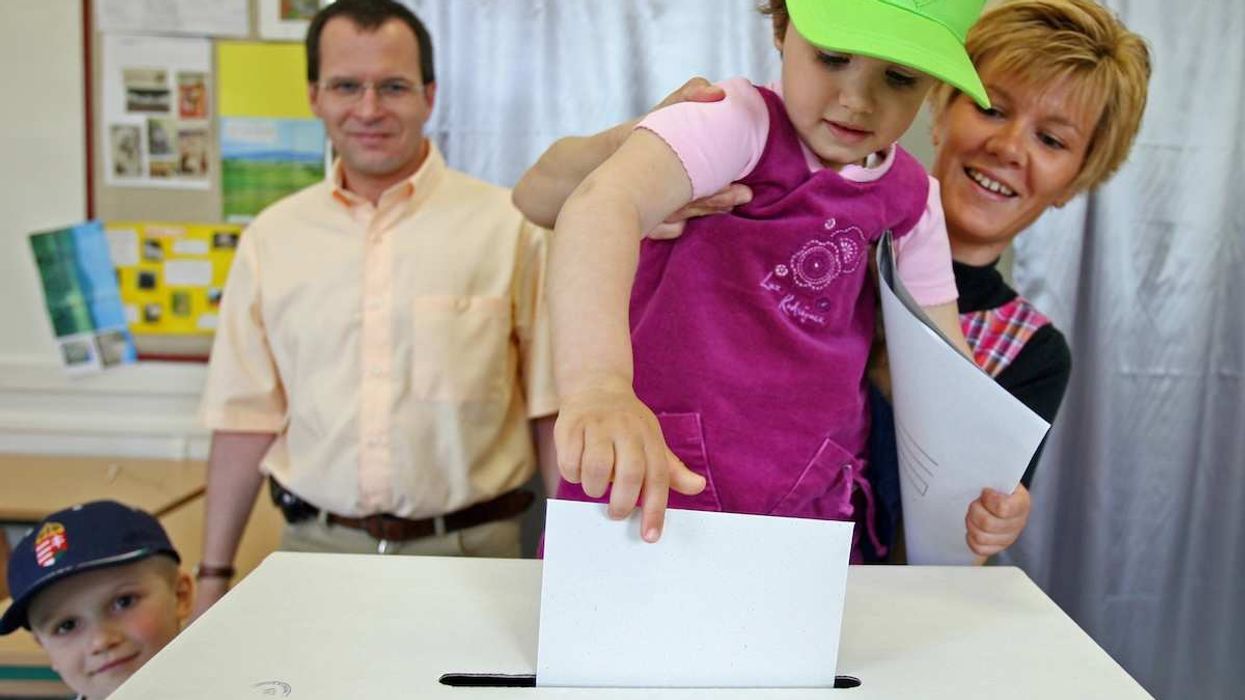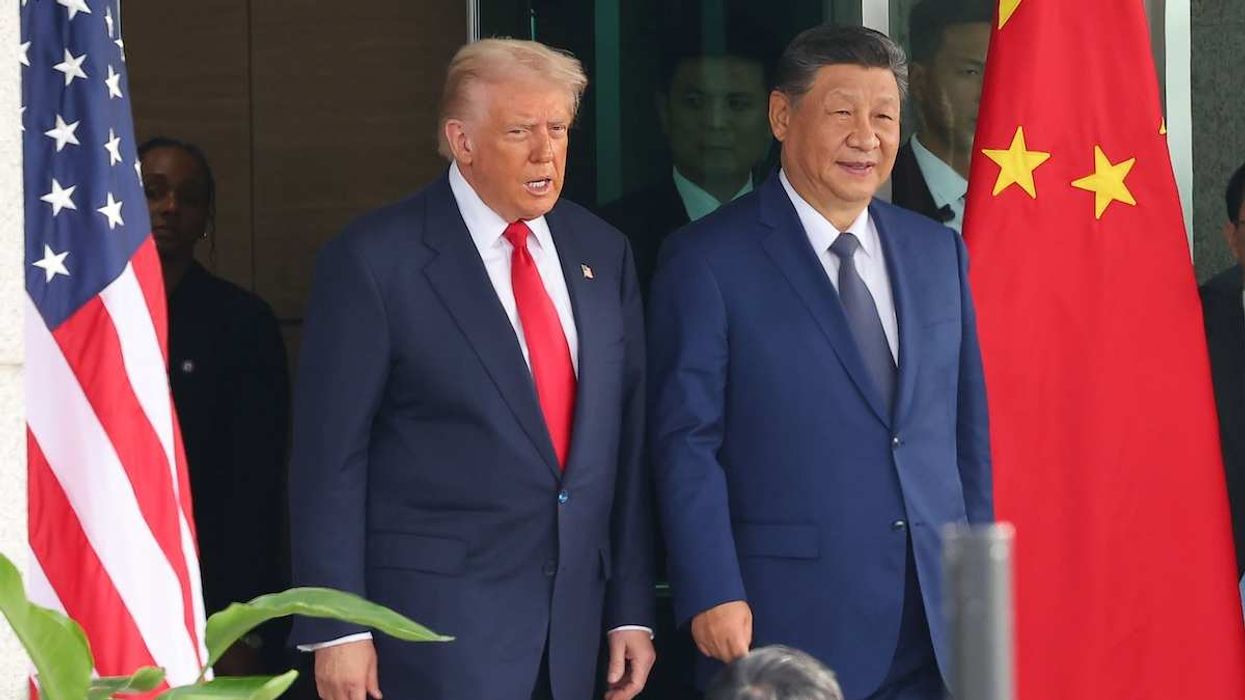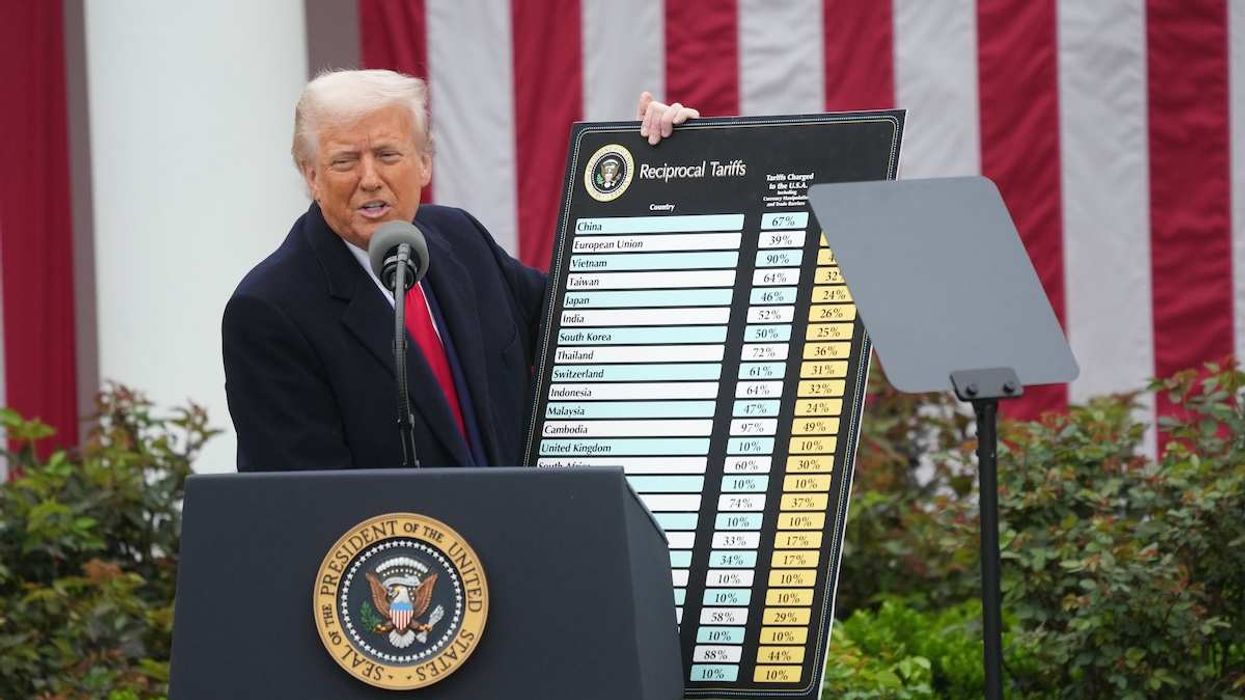This GZERO 2024 election series looks at America’s changing voting patterns, bloc by bloc.
________________________________
“Holy shit. Biden’s out,” I heard an older man in front of me at the airport say on Sunday, July 21. At JFK’s Terminal 4 – where people don’t even stop to tie their shoes – Joe Biden’s announcement of his withdrawal from the presidential race stopped travelers in their tracks.
In the week since, Biden’s move seems to have breathed new life into the campaign, with Democrats raising over $200 million in campaign donations in just a few days. Vice President Kamala Harris quickly won endorsements from the party’s senior leaders to become the presumptive Democratic nominee.
Election of the ages
Age dominated the conversation around this campaign from the beginning. Although Biden’s decades-younger replacement – Harris is just 59 – quells concerns that Dems and Republicans had about his ability to serve another four years, age remains a key factor in this year’s election. The success of both candidates, after all, depends on their ability to woo both the youth and the senior vote, which both appear to be in play as they mull decades-long political party preferences.
When Biden was running, election polls had turned conventional wisdom on its head about these voting blocs: Some showed young voters, who have long tended to align with the left, leaning Republican, and seniors, who have long favored Republican candidates, tilting Democratic. But reactions to Harris’s entrance suggest a return to more traditional trends, with her recovering lost ground among young voters but struggling to hold onto Biden’s lead with older voters.
Winning over youths
This year, there are 52.6 million eligible youth voters (aged 18-29), with particularly sizable presences in key swing states like Michigan and Minnesota, where youth voter turnout rates are the highest in the country. And while it’s hard to generalize, polls show the top issues for youth voters are the economy, immigration, abortion, and foreign policy.
“Kamala is brat.” In under a week, Harris’s youth campaign drummed up more support from young voters than Biden’s ever did – transforming Biden’s eight-point deficit into an 18-point lead for Harris among young voters.
Harris’s stances on two important youth issues are clear: She strongly advocates for abortion rights and is perceived as more critical than Biden of US involvement in Gaza. Both are expected to work to her advantage.
Her team has also been leaning heavily into the memes and buzz surrounding her on social media, making inroads with young voters. She has gained endorsements from youth voting groups like Voters for Tomorrow and Dream for America, as well as Gen-Z popstar Charli XCX, who tweeted “Kamala is brat” — a reference to her viral new album and a nod of approval to the new candidate.
But Eurasia Group Managing Director Jon Lieber questions the longevity of Harris’s momentum, citing her weak performance as both vice president and as a presidential candidate in 2020. “Is this election going to be about Harris, the person, versus Donald Trump, who Americans know and either love or hate very well?” he asks. “Or is it going to be about Kamala Harris, the meme, running against Donald Trump?”
While abortion, climate change, and foreign policy tend to dominate the conversation surrounding the youth vote, their importance is often overstated among this constituency. For voters of all ages, the most important issue is the economy. Inflation and the cost of living will impact the youth vote, and Harris’s association with the Biden administration’s struggles to keep both down may hurt her.
“Trump just does better on the top issues in this campaign, which are inflation, the economy, and immigration,” notes Lieber. Meanwhile, Harris as vice president, he says, was “kind of been relegated to a D-list of policy issues.”
Trump’s youth campaign, meanwhile, has centered largely on economic matters. He has focused on youth-oriented platforms and influencers, such as appearing on a podcast with Gen Z influencer Logan Paul, or launching a successful TikTok account that now has 7.5 million followers.
His team is also leveraging the power of youth organizations like Turning Point Action to energize young conservatives. Trump’s policy messaging to youth voters hasn’t been clear, but when he has targeted younger audiences, he has either spoken about the economy or bashed Biden – a strategy that’s now half-moot.
Turnout and third-party candidates
Youth voters are notorious for not showing up on Election Day. Historically, that has tended to hurt Democrats. For more than 10 election cycles, the youth turnout rate has been at least 10 points below the national average, but the 2020 election saw a record-high youth turnout of 51%.
Following Harris’s entrance to the race, 72% of people under age 30 report being very likely or certain to vote, up from 64% before Biden dropped out – a trend that the Generation Lab’s Cyrus Beschloss says could help Harris win an “Obama level” youth vote.
Third-party candidate RFK Jr., meanwhile, is polling overall at just 6% and stands no chance of winning the presidency, but he could play a spoiler. Some 8% of younger voters say they would pick him if the vote were held today. By pulling even a small percentage of the youth vote away from Trump or Harris, RFK Jr. could have a decisive impact.
Winning over seniors
The last election saw over 55 million citizens over age 65 cast their vote, making up over 30% of the electorate. Seniors are an outsized constituency in retirement-friendly, warm-weather, low-tax swing states like Arizona, Nevada, and Florida. Ninety-five percent of voters aged 65 and over say they are very likely, if not certain, to cast ballots in November.
The key senior issues are the economy, immigration, and democracy. But “the economy” means something different to grandparents than to their grandkids, says Clayton Allen, a US politics expert at Eurasia Group. While younger voters worry about economic opportunity, older voters are asking, “Am I going to have the support I need to continue to live my life? Are you going to cut Medicare or Social Security?”
Biden ran a very smart senior campaign that allowed him to turn the silver vote blue for the first time in 20 years. Biden and Kamala had been meeting seniors on the pickleball court and at bingo game nights as a part of his “Seniors for Biden-Harris” initiative, which has helped them touch base on issues like lowering prescription drug costs, protecting Social Security and Medicare, and capping insulin prices.
But Harris, who seemed poised to inherit Biden’s lead among seniors, is now polling two points behind Trump with this demographic, 49% to 47%. If she can’t keep the margin close in November, Harris could be in trouble.
The reason for seniors’ return to the Republican Party isn’t clear yet, and polling will take a week or two longer to start returning more reliable information. NYTimes/Siena’s latest survey shows a majority of older voters believing Trump would make a stronger leader than Harris, 61% to 46%.
Still, AARP notes that Social Security is a key issue for 80% of senior voters. Currently, this seems to benefit Harris as she has worked as a co-sponsor of the Social Security Expansion Act and received the endorsement of the National Committee to Preserve Social Security and Medicare – a group that also endorsed Biden. But in this election, it has become a battleground issue. “Social Security is really an up-for-grabs issue [as] Democrats only have a three-point advantage… so the parties are basically tied,” Jeff Liszt, partner at Impact Research, explains.
So far, this election season has seen 34 criminal convictions, a failed assassination attempt, and the presumptive Democratic nominee dropping less than a month before the Democratic National Committee. And there are still three months to go. We’ll be watching to see whether Harris can keep up her momentum with young voters and woo back some of the senior votes she’ll need or whether Trump manages to rewrite his playbook to take on Harris and win back some of the youth vote he’ll need to prevail.


















